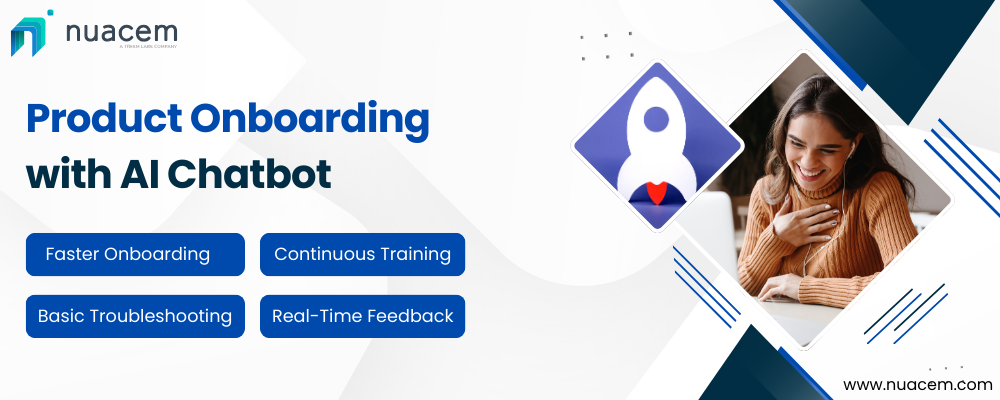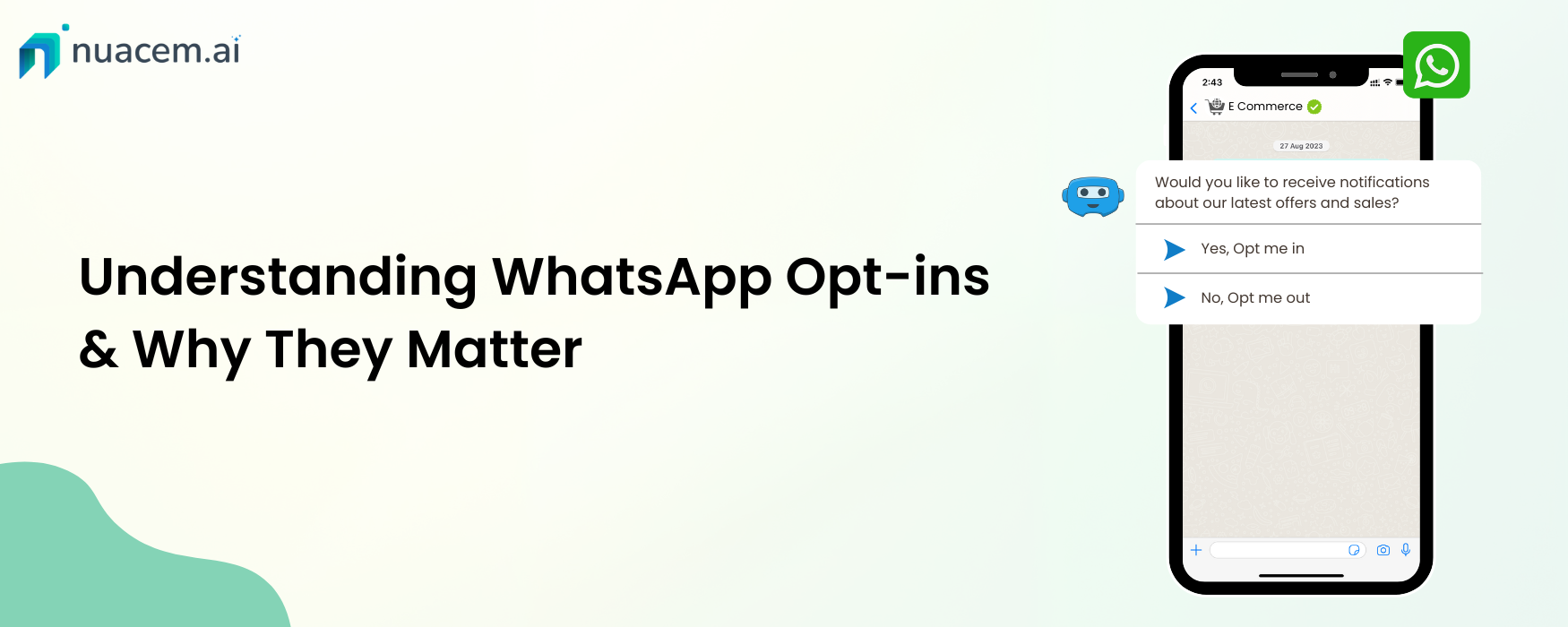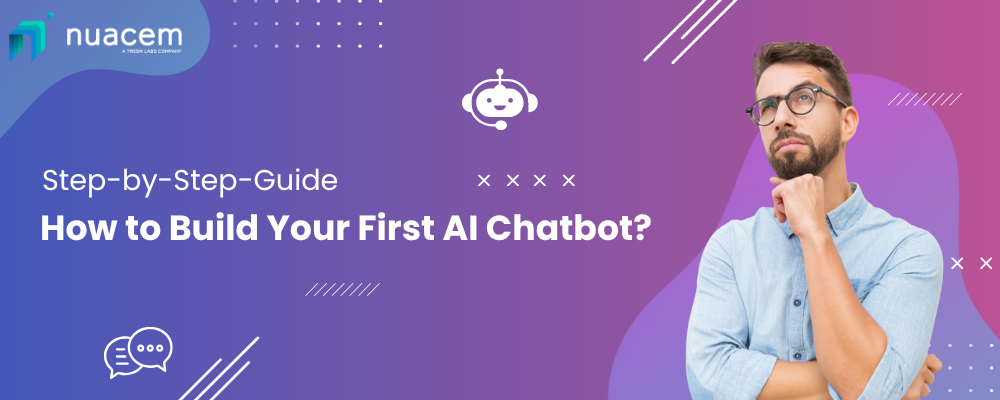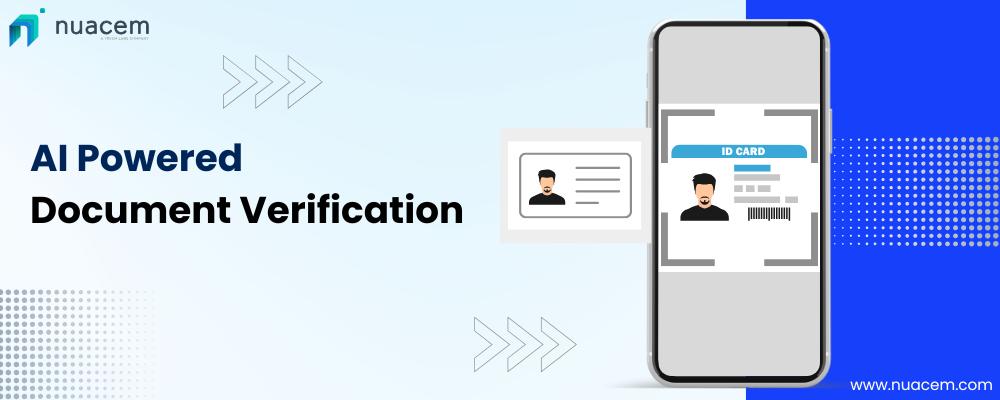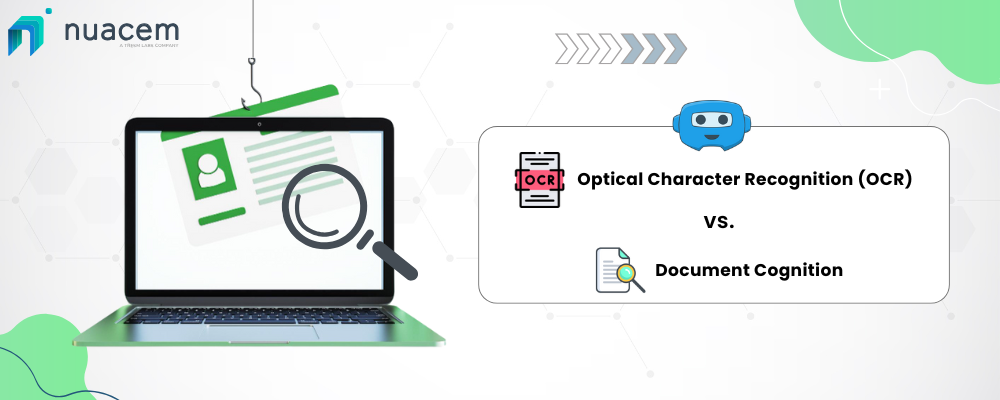Introduction
Customer loyalty often hinges on the very first experience with a product. For most users, that experience begins with the product onboarding process. A welcoming and intuitive onboarding journey can significantly boost retention. According to Gitnux, 76% of customers continue using a product when they experience effective onboarding. Furthermore, 63% of users cite onboarding as a decisive factor in their purchase decision, as reported by Userpilot.
However, crafting a seamless onboarding process has its challenges. A poorly executed experience can lead to disengagement, user abandonment, and plummeting NPS and CSAT scores. In this blog, we’ll dive into the most common onboarding challenges and explore how AI chatbots can be a game-changing solution for personalized, scalable onboarding experiences.
What is Product Onboarding?
Product onboarding refers to the process of introducing users to your product, guiding them through key features, and ensuring they can use it effectively in their daily operations. It’s critical for keeping users engaged and helping them discover the product’s total value.
There are typically three stages to product onboarding:
Primary Onboarding: Basic tutorials, guides, and live demo sessions.
Secondary Onboarding: Introducing new or advanced features delivered through articles, videos, or interactive guides.
Tertiary Onboarding: Continuous engagement with content that adds value, such as regular tips, updates, or advanced product features.
Challenges in Product Onboarding
No matter how carefully designed, product onboarding can run into a few common challenges:
Disengagement: Content that doesn’t resonate or tutorials that feel tedious can lead to customer drop-off.
Abandonment: When onboarding materials fail to cater to a user’s unique needs, the user may abandon the process—and the product.
Steep Learning Curve: Complex products can overwhelm users, especially if onboarding doesn’t offer concise, easily digestible information.
Popular Methods of Product Onboarding
Most companies leverage a few key methods for onboarding:
Synchronous Training (Live Video and In-Person):
This involves real-time interaction, such as live video calls or in-person training sessions.
Pros: Personalization, real-time Q&A.
Cons: Time-consuming and challenging to scale.
Video Tutorials:
Pre-recorded instructional videos.
Pros: Scalable, reusable.
Cons: Lacks personalization and Q&A support.
In-App Tutorials:
Interactive tutorials embedded within the software, guiding users through essential workflows.
Pros: Hands-on experience, gamified engagement.
Cons: Limited use for more complex processes, lacks real-time help.
Interactive Walkthroughs:
Users follow a step-by-step product tutorial at their own pace.
Pros: Customizable pacing, engaging.
Cons: Lacks personalization, no live support.
While these methods are helpful, offering genuinely personalized onboarding at scale remains challenging. This is where AI chatbots come in.
Onboarding AI Chatbots: Personalized Training at Scale
AI chatbots present a breakthrough solution for product onboarding, providing personalized and scalable support that adapts to each user’s journey. By integrating a chatbot with your product, users can access help directly from your knowledge base, FAQs, or tutorial videos at any point in their journey.
Key functionalities of onboarding AI chatbots include:
Answering Common Questions: Chatbots can pull relevant answers from your database, providing users with immediate solutions.
Simplifying Complex Workflows: AI-driven chatbots leverage advanced natural language processing (NLP) to break down intricate workflows into easy-to-follow steps.
Customizing Responses for Every User: While pre-written guides can’t cover every use case, chatbots can adapt and deliver relevant, personalized information.
Benefits of AI Chatbots for Onboarding
Here’s how AI chatbots can revolutionize the onboarding process:
Faster Onboarding: Chatbots drastically reduce onboarding time by delivering instant, personalized responses to user queries.
Continuous Training: Chatbots are available 24/7, meaning users receive support whenever needed, without waiting for a human representative.
Increased Retention: Effective, responsive onboarding improves retention, as customers view the process as an extension of the product’s value.
Basic Troubleshooting: Chatbots can assist with basic issues, guiding users through common errors or setup problems.
Real-Time Feedback: By analyzing user interactions, chatbots can provide insights into where users are struggling, enabling product teams to refine the onboarding process.
Conclusion: The Future of Product Onboarding with AI Chatbots
As products become more complex, businesses need to rethink their approach to onboarding and training. AI chatbots offer a more innovative, efficient way to ensure users have the support they need to succeed. By delivering personalized guidance, 24/7 assistance, interactive learning, and continuous feedback, chatbots transform the user experience, helping customers become confident and proficient with new products in less time.
Companies that embrace AI chatbots for onboarding and training are improving user success and gaining a competitive edge in today’s digital marketplace. With the potential for cost savings, increased efficiency, and continuous optimization, AI chatbots are poised to shape the future of product onboarding and training.
At Nuacem AI, we’re at the forefront of this revolution, providing businesses with AI chatbot solutions that enhance user experiences and drive successful product adoption. Reach out to learn more about how AI chatbots can transform your onboarding and training processes for the better.

